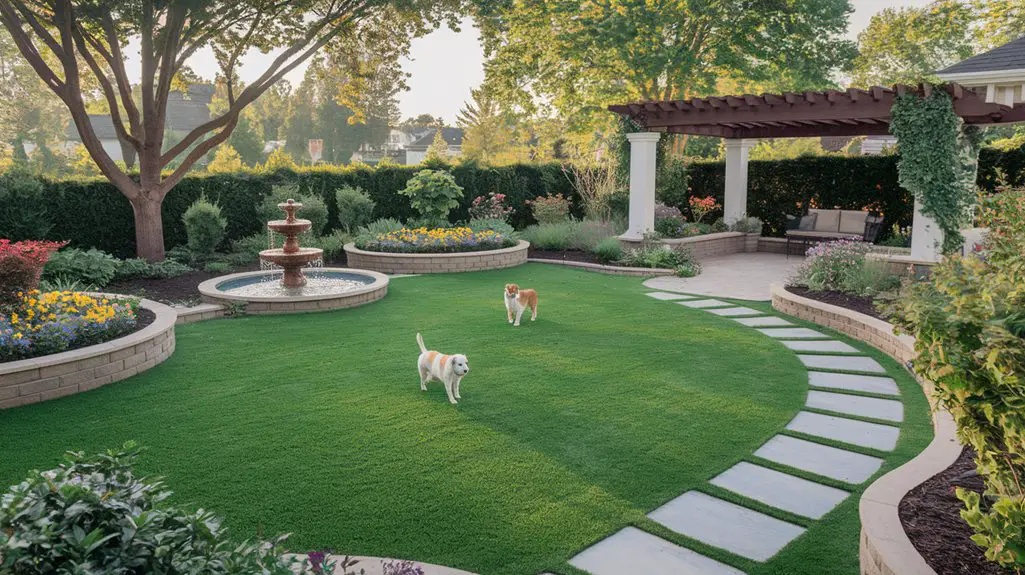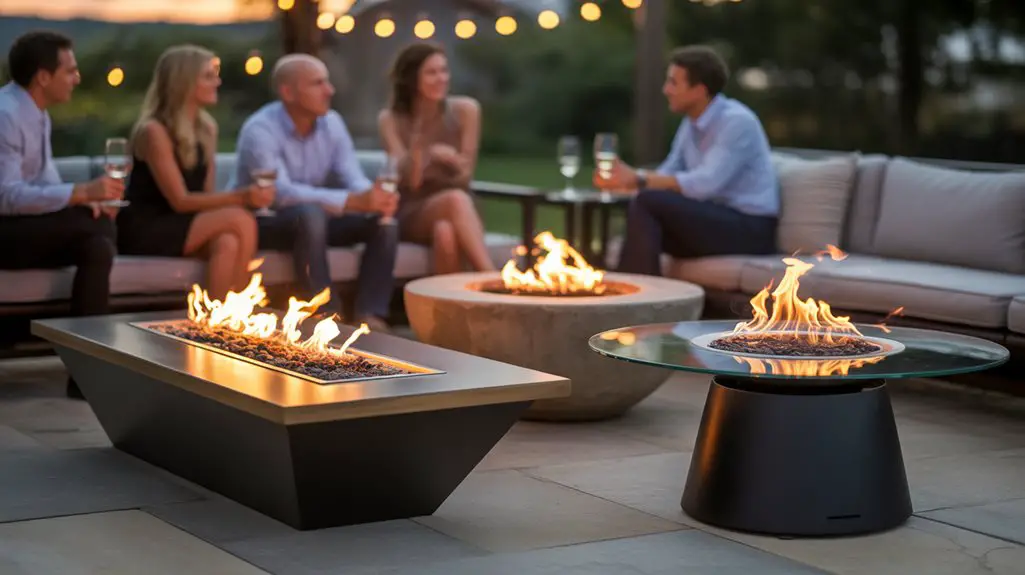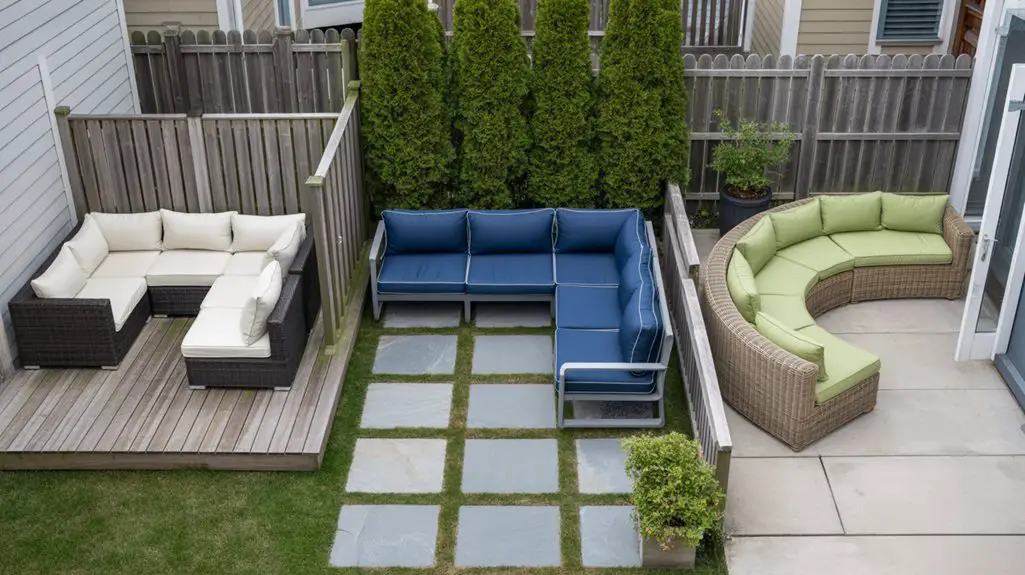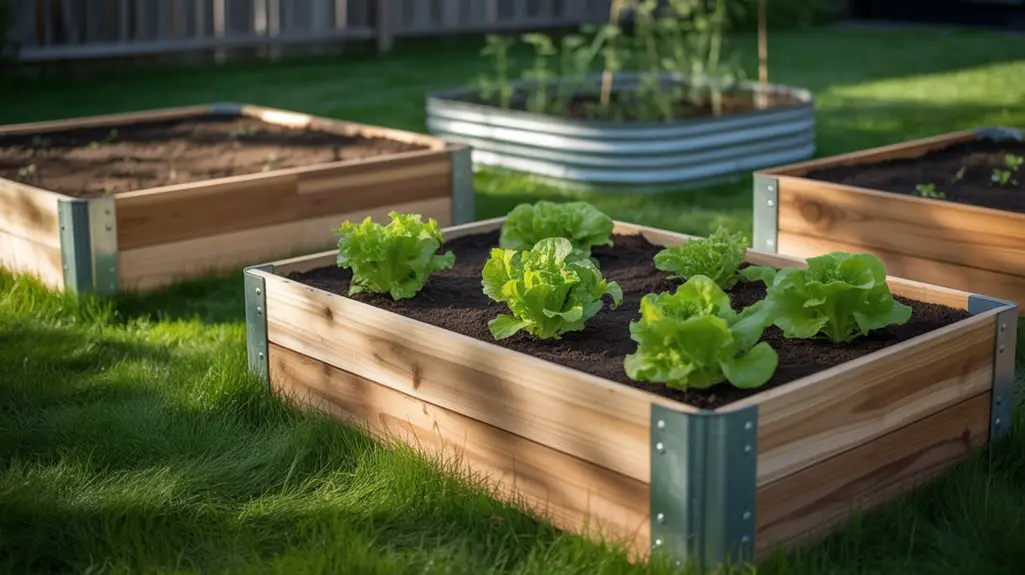Nearly 67% of American households include at least one pet, making pet-friendly backyard design a practical consideration rather than a mere luxury. You’ll find that thoughtfully integrated landscapes can simultaneously satisfy your aesthetic vision while accommodating your four-legged companions’ needs. Strategic planning transforms potential yard challenges—from trampled plants to excavated soil—into harmonious spaces that withstand active pets. The following three approaches merge technical solutions with sustainable design principles for an outdoor environment that serves every member of your household.
Pet-Safe Plant Selection for a Vibrant and Non-Toxic Yard
When designing a pet-friendly landscape, careful plant selection becomes your foundation for both safety and visual appeal. Focus on non-toxic species that thrive in your climate zone while providing visual interest throughout seasons.
Incorporate ornamental grasses like feather reed grass and blue fescue that withstand playful pets without harboring ticks or fleas.
Integrate pet-safe flowering perennials such as coneflowers, sunflowers, and snapdragons to attract beneficial pollinators without posing ingestion risks. Avoid toxic species including lilies, foxglove, and azaleas, which can cause severe reactions even in small amounts.
For groundcover, consider clover, Irish moss, or thyme varieties that tolerate foot traffic while suppressing weeds. These low-maintenance options require minimal chemical intervention and provide cooling effects during summer months, supporting your sustainable landscape goals. Additionally, selecting pet-friendly plants ensures a safe environment for your furry companions while enhancing the overall beauty of your yard.
Durable Ground Coverings and Pathways That Withstand Paw Traffic
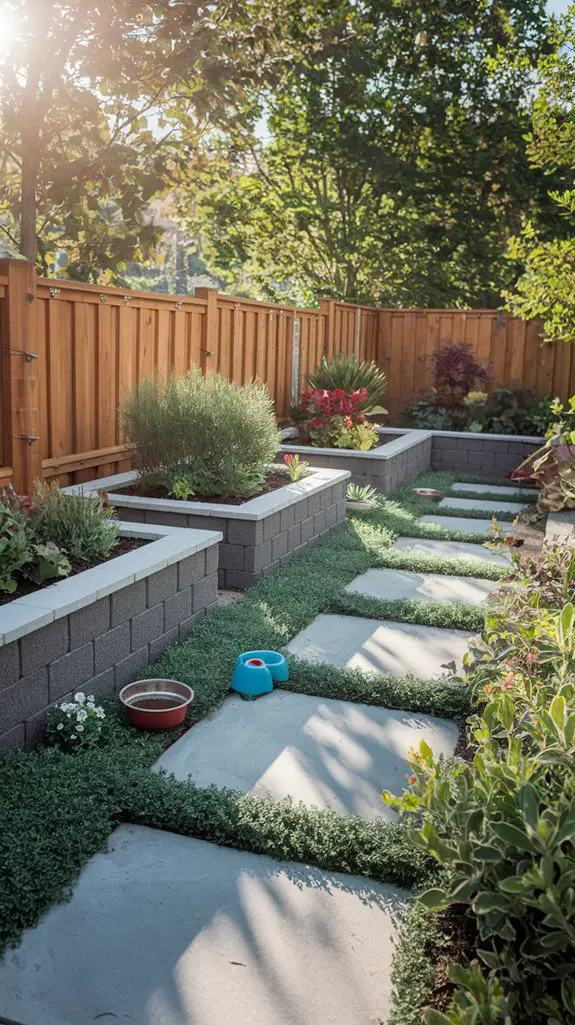
Creating resilient ground surfaces forms the cornerstone of any pet-friendly landscape design. Select materials that balance aesthetics with functionality while accommodating your pet’s natural movement patterns. Decomposed granite provides excellent drainage and prevents mud formation, while remaining gentle on sensitive paws during temperature extremes.
For high-traffic zones, consider these durable solutions:
- Flagstone pavers with pet-friendly groundcover between joints (creeping thyme or clover) offer cooling properties in summer and resist digging attempts.
- Cork mulch delivers antimicrobial properties that discourage pest infestation while remaining soft underfoot.
- Artificial turf with antimicrobial infill maintains visual appeal year-round without mud, chemicals, or maintenance issues.
Strategic pathway placement should follow established desire lines, respecting your pet’s natural movement patterns while protecting vulnerable plantings from trampling. Additionally, incorporating resilient ground surfaces enhances the overall safety and enjoyment of your pet-friendly yard.
Creating Dedicated Pet Zones for Play, Rest, and Relief
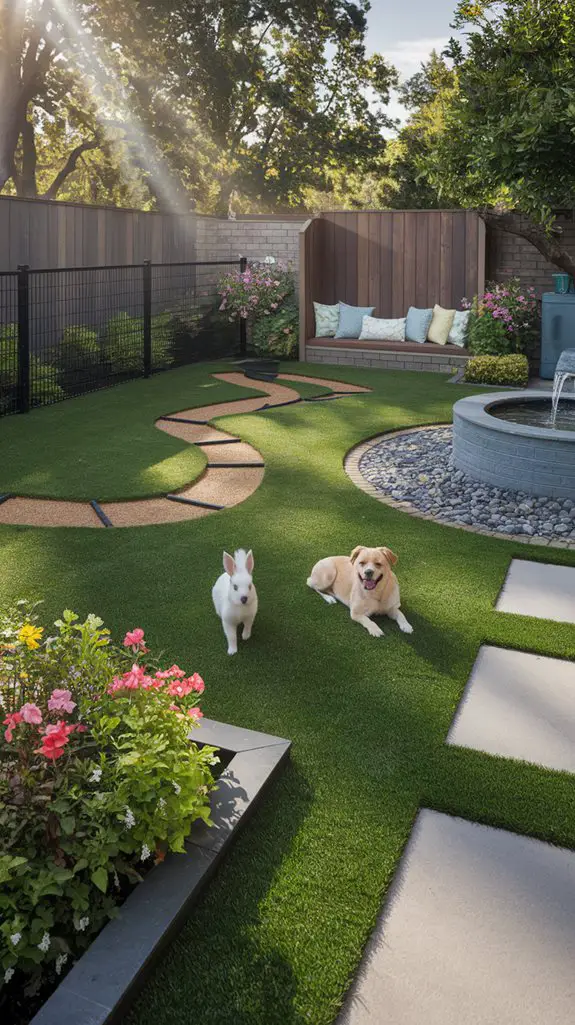
A thoughtfully zoned backyard addresses your pet’s instinctual needs while maintaining landscape integrity. Designate specific areas for play, rest, and elimination to create structure that benefits both your landscape and your pet’s wellbeing. Incorporating dedicated pet zones can enhance your dog’s experience and ensure a harmonious outdoor environment.
| Zone Type | Design Elements | Benefits | Materials |
|---|---|---|---|
| Play Area | Open space, agility equipment | Physical exercise, mental stimulation | Synthetic turf, mulch |
| Rest Zone | Shade structures, comfortable surfaces | Temperature regulation, security | Cedar chips, shade sails |
| Relief Station | Absorbent materials, visual boundaries | Odor control, habit formation | Pea gravel, decomposed granite |
| Exploration Path | Sensory elements, varied textures | Cognitive enrichment, territorial satisfaction | Flagstone, wood chips |
Position these zones strategically—place relief areas away from gathering spots and guarantee rest zones offer protection from elements while maintaining sightlines to play areas.
Conclusion
Your pet-friendly backyard isn’t just a luxury—it’s a functional ecosystem where design meets animal well-being. You’ll find the integration of non-toxic plantings, resilient surfaces, and designated activity spaces creates sustainable harmony that benefits both pets and humans. Significantly, 67% of homeowners with pet-friendly landscaping report increased outdoor time for themselves alongside their animals, demonstrating how thoughtful design enhances the ecological connection between all inhabitants of your outdoor space.

